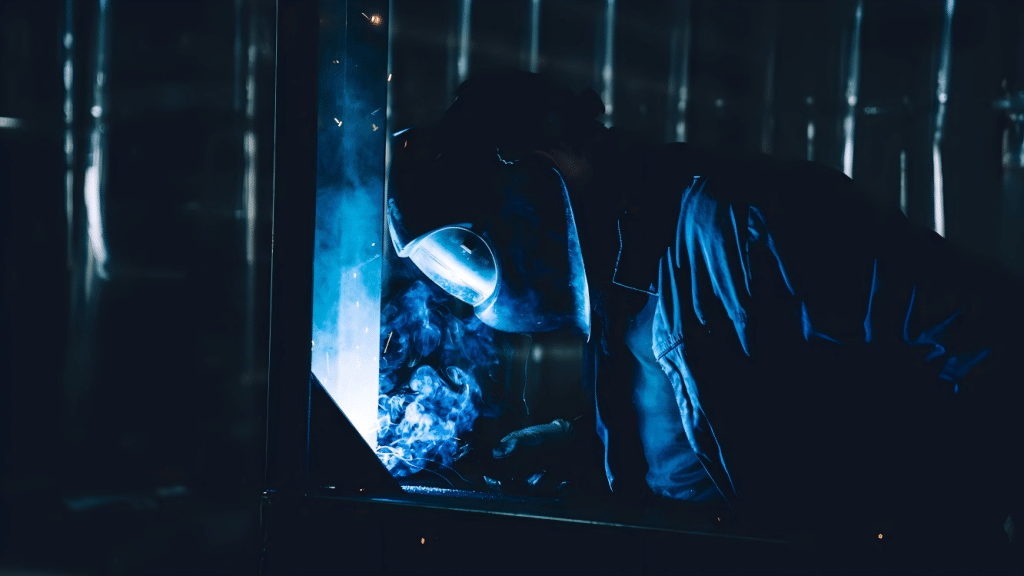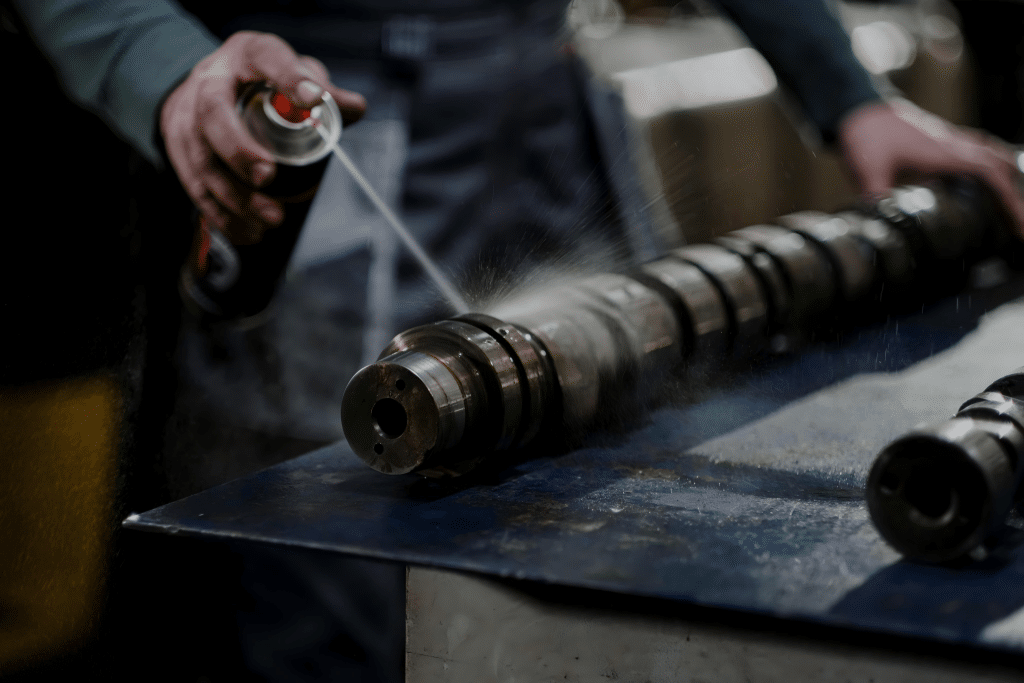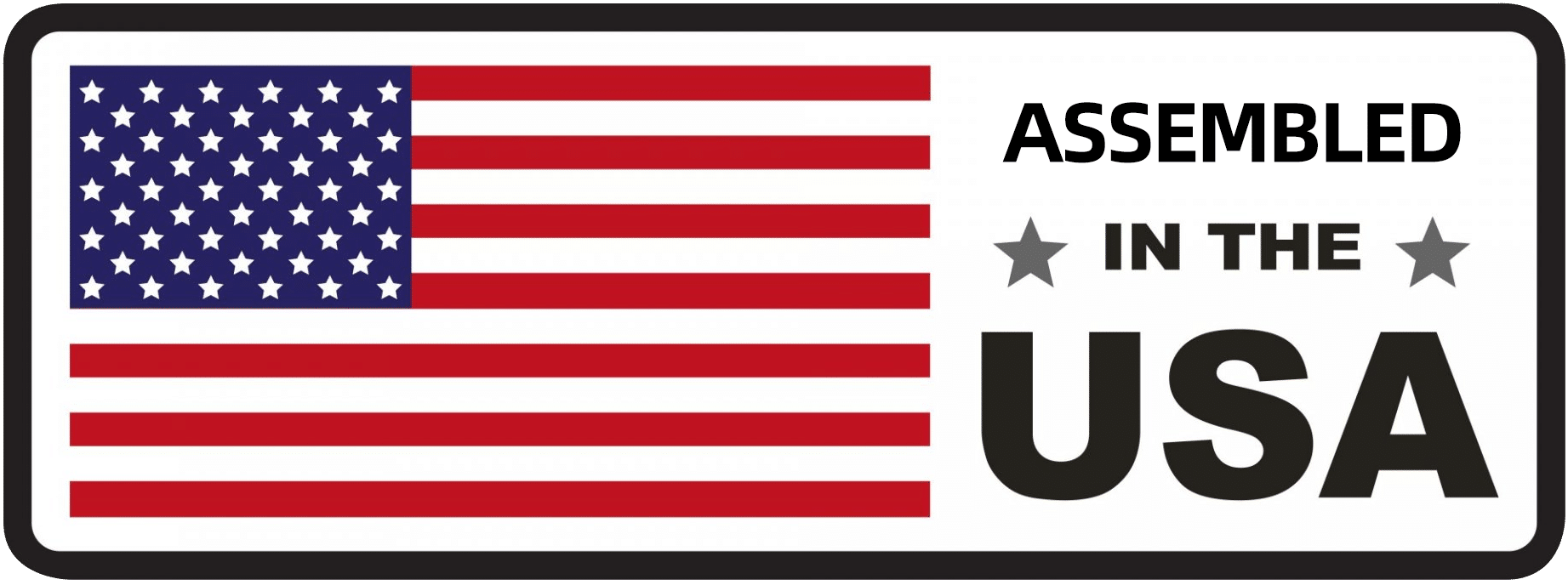
Laser welding is a process that focuses a high-energy laser beam to fuse metals together. It is a very quick and precise process that offers lessened risk of deformation when compared to traditional welding methods. As the technology continues to advance, this process has become increasingly accessible and viable for all types of applications across a range of industries.
While it has advantages in precision, speed, and versatility, it is still important to be aware that these machines still need to be properly configured to ensure quality. Gaining familiarity with the common pitfalls can help guarantee weld quality, reduce defects, and minimize any potential reworks in manufacturing.
This article takes a closer look at some of the most common defects and their root causes, as well as guides you on practical preventative strategies to stop these issues from happening in the first place.
7 Common Pitfalls in Laser Welding
Incomplete Penetration
Incomplete penetration occurs when the metal groove is too narrow, resulting in a weld pool that does not spread through or reach the bottom of the weld joint. This incomplete filling leads to a risk of weld failure, compromised mechanical strength, and potential structural weaknesses.
Insufficient laser power, excessive welding speed, or an incorrect focal position are the typical culprits for this issue.
To prevent this, verify if the joint geometry is correct and properly aligned. Then, check if there’s enough weld metal deposition and that the machine is set to the proper amperage. As you’re welding, reduce the arc travel speed and ensure the accurate positioning of electrodes.
Spatter Formation
Splatters are molten droplets generated during welding that scatter and adhere to the surrounding surfaces. These droplets severely impact the final look of the weld and surface finishing, requiring potential rework later down the line.
The main causes for these tend to be excessively high laser power, the presence of surface contaminants, inadequate shielding gas, or unstable arc conditions. Minimizing splatter is a relatively simple affair: make sure the weld area is clean, and since the splash is related to the power settings, balance the power settings to the appropriate levels.
Weld Bead Irregularities
Whenever there are any fluctuations in laser power, inconsistencies in travel speed, or misalignment in focus, the weld beads can display waviness along with uneven widths and heights.
These imperfections can create areas of stress that jeopardize the structural integrity and visual quality of the finished metal. Achieving consistent bead geometry requires the operator to apply a consistent welding speed and maintain the correct parameters all throughout the weld.
Surface Contamination Issues
The presence of any surface contaminant, like oils, oxides, and dirt, can severely complicate weld quality. These contaminants can interfere with laser beam absorption and fusion behavior, which can lead to insufficient welds, splatters, and porosity.
A proper cleaning of the base material will minimize those potential issues. Verify that the surface environment is clean before welding. If not, use a wire brush to remove any coatings or oxide layers and solvent degreasing to eliminate any grease and oil.
Shielding Gas Problems
Shielding gas plays a vital role by preventing oxidation and protecting the weld pool. Using the wrong shielding gas or an inappropriate flow rate can introduce turbulence to the weld and result in discoloration and porosity.
Selecting the correct gas depends on the material. Argon is commonly used due to its stability. However, nitrogen can be used if it benefits the metallurgical properties of the weld. Optimizing gas flow requires the operator to carefully position the nozzle and ensure the correct flow rates.
Parameter Misadjustments
Laser welding has five critical parameters: laser power, welding speed, focal length, beam diameter, and pulse duration. Each of them impacts the size and energy concentration of the laser beam.
Laser power density influences the penetration depth and weld width. A higher power will result in deeper welds and wider fusion zones, while lower powers will produce shallower welds.
Focal length and beam diameter impact energy concentration. Narrow beams focus the laser onto smaller areas, yielding increased penetration depth. Meanwhile, wider beams spread the energy over a larger surface area.
Pulse duration changes the size of the heat-affected zone (HAZ) and cooling rate. Short pulses minimize heat transfer and result in a smaller HAZ, but longer pulses can lead to a larger HAZ.
The welding speed controls the overlap rate of two adjacent spot welds. Low travel speeds result in more weld metal than necessary, but a high travel speed may not give enough time to properly fill the joint.
Improper settings can cause numerous defects, such as overheating, lack of fusion, and excessive melting. The first place to check for the appropriate settings is by referencing the parameter ranges that the manufacturers recommend. For further optimization, iterate through the parameters by monitoring the melt pool size and temperature while making real-time adjustments.
Operator Errors
Weld quality largely depends on the operator’s skill. In fact, operator expertise is perhaps the biggest factor in achieving consistent and high-quality results. Without proper training, these insufficiently trained operators may move the torch erratically, at incorrect angles, or with inconsistent speeds.
To guarantee quality welds, comprehensive training programs and drilling proper welding procedures are essential. Automation equipment and advanced monitoring solutions are also available to monitor weld parameters and reduce human error.
How to Prevent These Pitfalls
Parameter Optimization Best Practices
Manufacturers often provide parameter guidelines for different material types and thicknesses. It’s best to start with these parameters and fine-tune the settings afterward. Real-time process monitoring tools, such as cameras or pyrometers, can enable dynamic adjustment during the welding process.
When it comes to testing these settings, you can cut out a section for a sample or use microscopic analysis to inspect the internal characteristics of the weld. For further troubleshooting, adjust one parameter at a time until you get the desired results. Be sure to monitor the melt pool size and temperature, and make real-time adjustments if needed.
Surface Preparation Protocols

Establish stringent cleaning procedures before laser welding and cutting to eliminate any trace amounts of oils, rust, and particulates on the material surface. Removing all contaminants will ensure proper weld penetration and reduce defects and porosity.
Depending on the material, solvent wipes may be suitable. But if the application requires more abrasive cleaning, start with a less coarse option and increase in aggression only as needed.
Shielding Gas Selection and Maintenance
To ensure welding quality, selecting the appropriate shielding gas for your needs is crucial. So, here are the key factors to consider for choosing the right shield gas:
Different materials require different shielding gases. For example, argon is typically used for stainless steel, while pure argon or argon-helium mixtures work for aluminum. Some materials may be more susceptible to oxidation. For those cases, inert gases can minimize the presence of oxygen.
The cost of shielding gas is also a significant factor, as some gases are more expensive. This is where you have to decide on balancing budget constraints with the desired level of weld quality.
Sometimes, testing may be necessary to determine the optimal performance. To ensure a reliable and contaminant-free gas supply system, inspect and service the system regularly.
Equipment Maintenance
Before starting on any welding work, be sure to check all the machine components to keep the welding machine in excellent condition.
Check the laser beam cleanliness and quality. Dust and other debris can sneak in between uses. To check alignment, you can use a black paper to check the output spot of the laser and recalibrate it if necessary.
Pay attention to the cooling system to prevent overheating during operations. For water-cooled systems, maintain the appropriate water levels, and replace the water if it ever becomes unclear. For air-cooled machines, blow away any accumulated dust with clean and dry air to eliminate any blockages.
Operator Training and Best Practices
The foundation of workplace safety and productivity lies in the proper training of operators and their adherence to industry regulations.
Ensure all operators receive thorough training on proper torch handling and speed control. In a similar vein, developing welding procedure specifications (WPS) will create a detailed record of the standard procedures that can ease training and allow older operators to refresh their memory.
Consider designating a skilled employee as a laser safety officer to help implement and maintain a secure and productive environment. A well-organized workplace reduces risks and supports consistent adherence to welding procedures.
Laser protection solutions can help ensure operator safety. Manufacturers, like Denaliweld, can provide laser workstations and protective helmets that can shield operators from laser radiation.
Conclusion
Knowing how to quickly identify the underlying causes of splatters, incomplete penetration, shielding gas issues, and misalignment problems common in laser welding can reduce excess downtime.
Proactive parameter management, stringent surface control, and robust operator training and development can go a long way in preventing these issues from happening in the first place, saving everyone time and frustration.
While it is human to make mistakes, these common pitfalls are easily avoidable. You can already start optimizing your welding workflow. Contact DenaliWeld now, and their engineers can help you invest in training and tighten your welding procedures.
Stay vigilant, take care of your equipment, and strive to continuously improve your processes to produce defect-free laser welds and make quality your standard.



